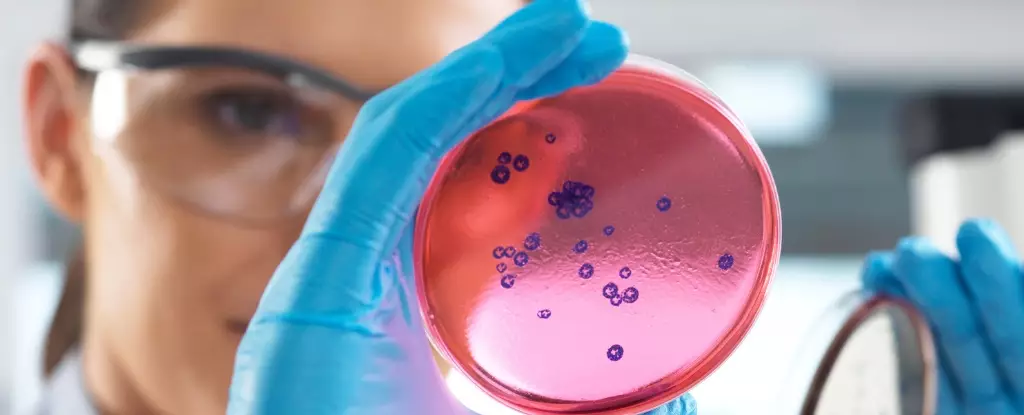Antibiotics have long been hailed as miraculous drugs that have saved countless lives by combating bacterial infections. However, the rise of antibiotic-resistant bacteria has posed a significant threat to public health, leading researchers to explore new strategies in the fight against these superbugs. While traditional antibiotics target specific bacterial pathways, they often fall short in preventing the development of resistance.
In response to the growing threat of antibiotic resistance, researchers have turned to combination therapies as a potential solution. By targeting multiple bacterial escape pathways simultaneously, these dual-action antibiotics aim to make it significantly more difficult for bacteria to develop resistance. A recent study by a team of scientists from the US and China has shed light on the potential of a new class of dual-action antibiotics known as macrolones.
Macrolones are synthetic compounds derived from older antibiotics that were rendered ineffective due to widespread bacterial resistance. By combining a quinolone side chain with the macrolide central ring, researchers were able to create a new class of antibiotics with enhanced potency. These macrolones have been praised for their ability to kill even drug-resistant bacterial strains, offering a glimmer of hope in the battle against antibiotic resistance.
A groundbreaking study led by researchers at the University of Illinois Chicago (UIC) has provided valuable insights into the molecular mechanisms of macrolones. By synthesizing three new macrolones and analyzing their structures, the researchers discovered that these antibiotics work by targeting two essential bacterial functions: interfering with DNA replication and inhibiting protein production. This dual-action approach makes it exceedingly difficult for bacteria to develop resistance, as they would need to acquire mutations in both targets simultaneously.
While the potential of macrolones in combating antibiotic resistance is promising, researchers caution that there is still much work to be done. While the initial results suggest that resistance to these dual-action antibiotics may be nearly impossible, it is crucial to remain vigilant and anticipate potential genetic adaptations by bacteria. As structural biologist Yury Polikanov notes, “The main outcome from all of this work is the understanding of how we need to go forward.” In a time where antibiotic resistance remains a pressing global health concern, the development of novel antibiotics such as macrolones offers a beacon of hope for the future.


Leave a Reply